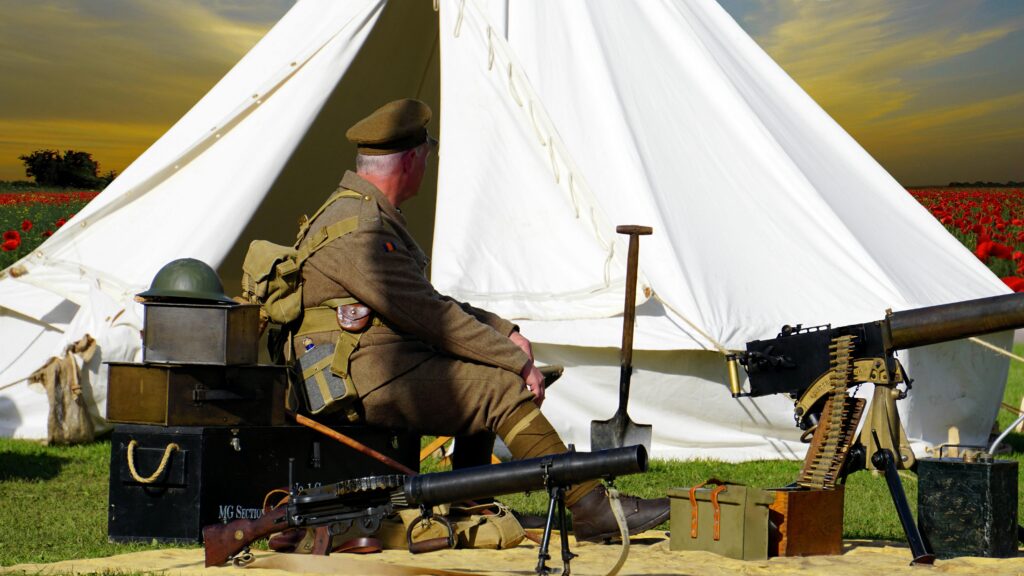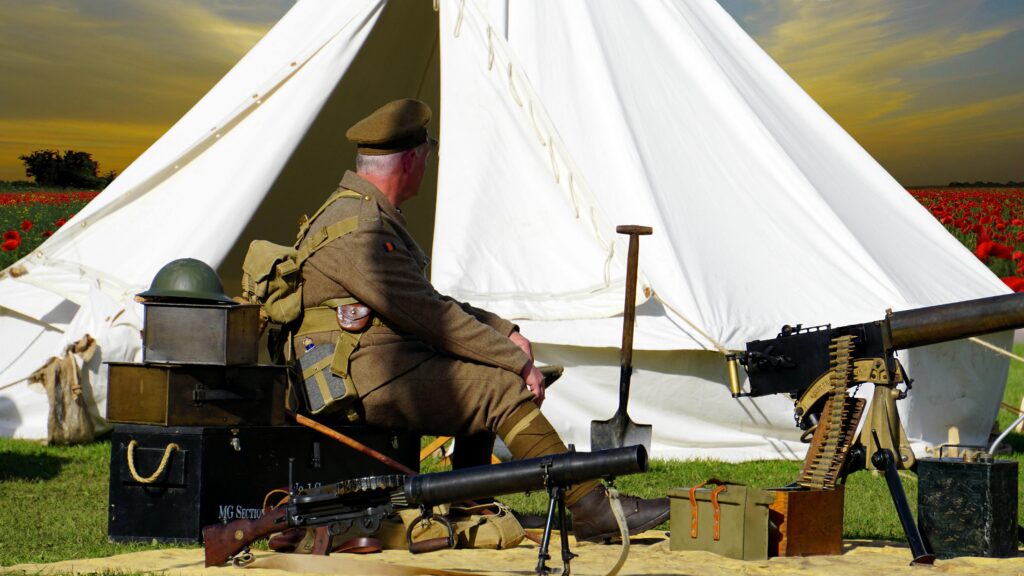Sam Mendes’ 2019 film 1917 captivated audiences with its immersive storytelling and groundbreaking cinematography. The film’s unique approach, designed to appear as a single continuous shot, has sparked widespread interest in how 1917 was filmed. This article delves into the innovative techniques and diverse locations that brought this World War I epic to life.
The One-Shot Illusion: Cinematic Techniques
One of the most discussed aspects of 1917 is its presentation as a single, unbroken shot. While the film was not actually filmed in one continuous take, director Sam Mendes and cinematographer Roger Deakins employed meticulous planning and advanced technology to create this seamless effect.
Pre-Visualization and Rehearsals
Before filming began, the team conducted extensive rehearsals and created detailed storyboards to map out every movement and transition. This preparation ensured that each segment could be seamlessly stitched together in post-production.
Innovative Camera Work
To achieve the fluid motion required for the one-shot illusion, the crew utilized the lightweight Arri Alexa Mini LF camera paired with Arri Signature Prime lenses. This setup allowed for extended takes and dynamic movement through complex environments.
Hidden Cuts and Transitions
While the film appears continuous, it is composed of several long takes cleverly joined together. Transitions were often hidden in moments of darkness, camera movements past solid objects, or subtle digital effects, making the cuts virtually undetectable to the audience.
Filming Locations: Bringing the Battlefield to Life
1917 was filmed entirely in the United Kingdom, with various locations chosen to represent the diverse landscapes of the Western Front.
Salisbury Plain, Wiltshire
The vast, open landscapes of Salisbury Plain served as the primary backdrop for many of the film’s exterior scenes. Its unbroken horizons allowed for the 360-degree camera movements essential to the one-shot effect.
Bovingdon Airfield, Hertfordshire
The abandoned Bovingdon Airfield was transformed into the film’s No Man’s Land. The expansive, desolate terrain provided the perfect setting for the war-torn battlefield.
Govan Graving Docks, Glasgow
The dilapidated Govan Graving Docks in Glasgow were used to depict the bombed-out French town of Écoust. The site’s existing ruins added authenticity to the film’s portrayal of war-ravaged landscapes.
Low Force Waterfall, County Durham
The dramatic river scenes were filmed at Low Force Waterfall in County Durham. The natural beauty of the area contrasted with the film’s intense action sequences, highlighting the juxtaposition of nature and war.
Historical Accuracy and Inspiration
The narrative of 1917 was inspired by stories told to Sam Mendes by his grandfather, Alfred Mendes, a World War I veteran. Alfred’s experiences as a messenger on the Western Front provided a personal connection to the film’s storyline.
To ensure historical accuracy, the production team consulted military historians and meticulously recreated period-accurate trenches, uniforms, and equipment. This attention to detail immerses viewers in the harrowing realities faced by soldiers during the Great War.
Common Questions About the Filming of ‘1917’
- Was 1917 filmed in one continuous shot?
No, the film was composed of several long takes seamlessly stitched together to create the illusion of a single continuous shot. - Where was 1917 filmed?
The film was shot entirely in the United Kingdom, with key locations including Salisbury Plain, Bovingdon Airfield, Govan Graving Docks, and Low Force Waterfall. - What camera equipment was used in 1917?
The production utilized the Arri Alexa Mini LF camera paired with Arri Signature Prime lenses to achieve the desired visual effect. - How did the filmmakers achieve the one-shot illusion?
Through meticulous planning, rehearsals, innovative camera work, and hidden cuts, the filmmakers created a seamless viewing experience. - Is the story of 1917 based on true events?
While the specific events are fictional, the story was inspired by director Sam Mendes’ grandfather’s experiences during World War I.
Conclusion
The filming of 1917 stands as a testament to the power of innovative cinematography and storytelling. By combining meticulous planning, cutting-edge technology, and authentic locations, the filmmakers created an immersive experience that transports audiences to the trenches of World War I. The film’s success lies not only in its technical achievements but also in its ability to convey the human stories behind the historical events.


